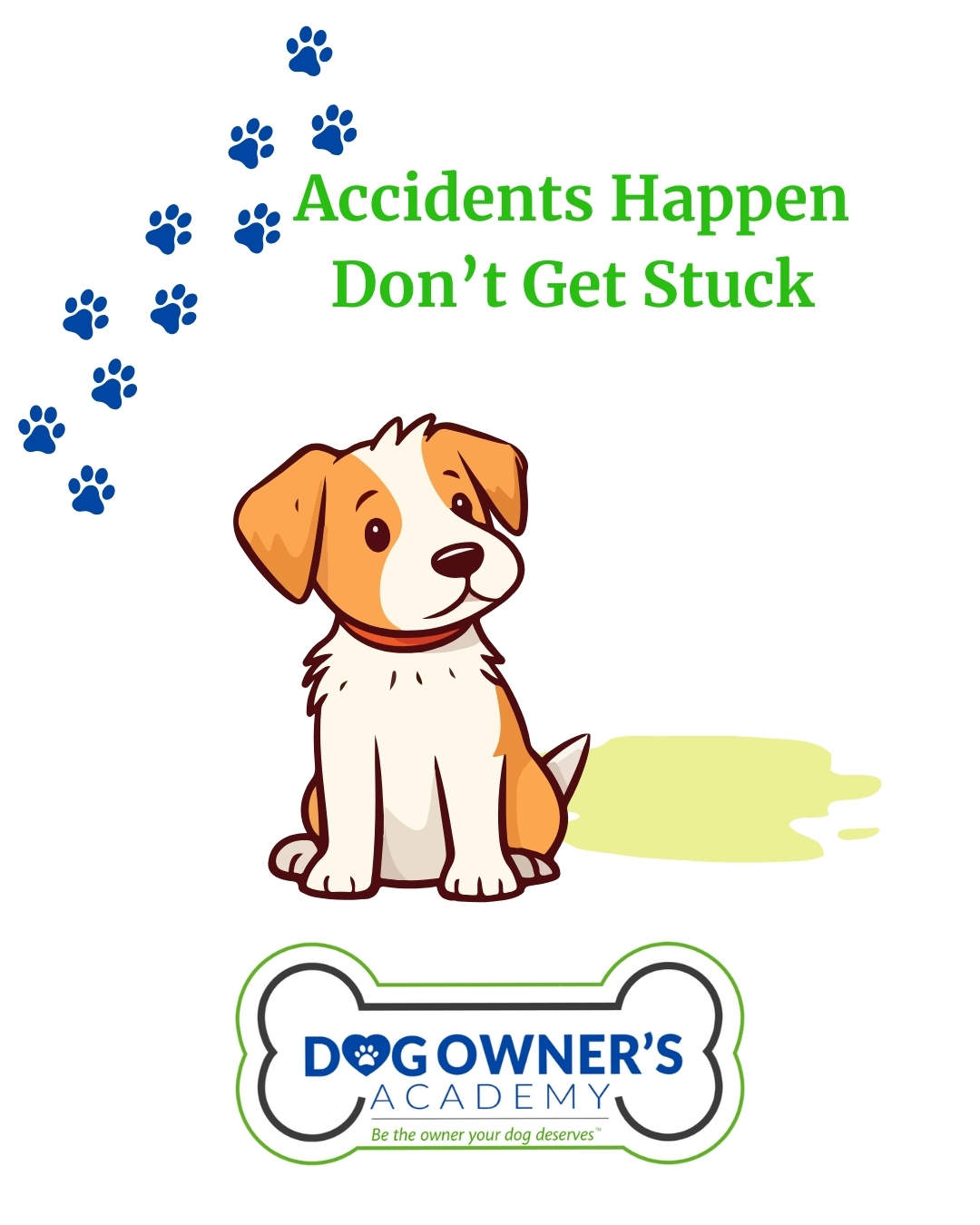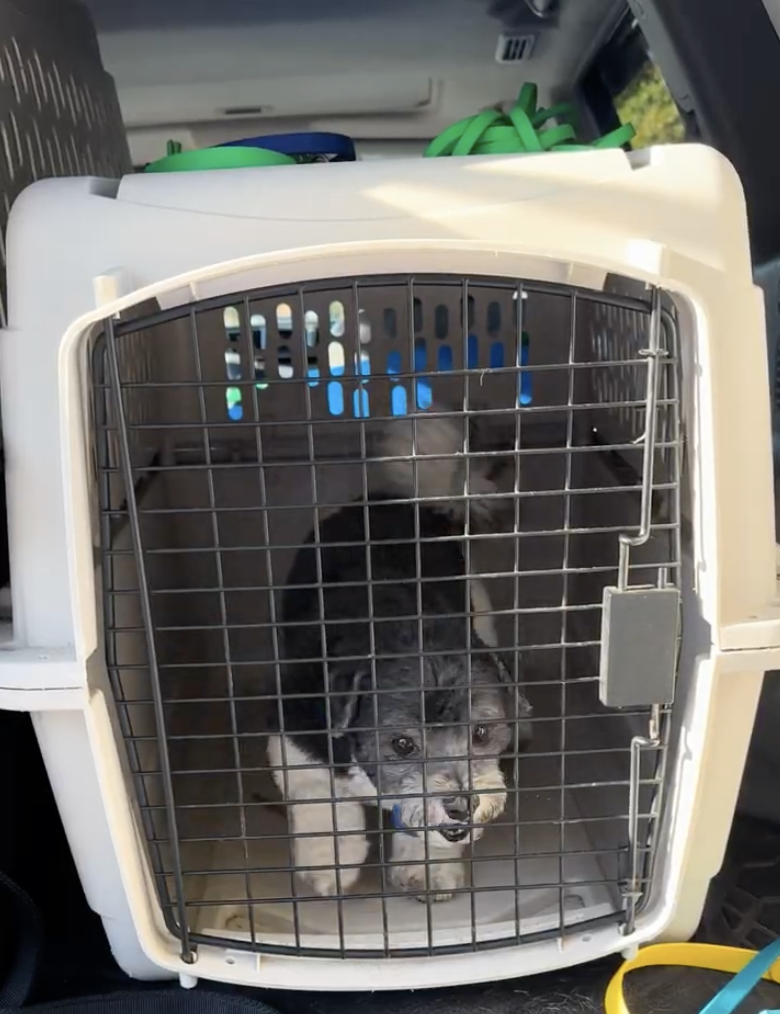Potty training is one of the most essential skills for any dog to learn. Whether you’re welcoming a new puppy into your home or working with an adult dog that needs guidance, a structured approach can make housebreaking smooth and effective. Here are some tried-and-true tips to help your dog succeed.
Scheduled Feeding: The Key to Predictability
Consistency starts with feeding. Puppies, in particular, thrive on a set schedule. Feed your pup at the same times each day to establish regular digestion patterns, which makes potty breaks more predictable. For puppies under six months old, three meals a day at the same times is ideal.
After each meal, allow 10 to 15 minutes for digestion, and then take them outside. This routine helps you anticipate when your puppy will need to go and reduces accidents indoors. Remember, water intake also impacts potty needs, so monitor their drinking habits throughout the day.
Timing Potty Breaks: How Often is Enough?
Frequent potty breaks are critical, especially for puppies. A good rule of thumb is that puppies can hold their bladder for about one hour per month of age. For example, a three-month-old puppy should go outside at least every three hours. In addition to regular intervals, take your dog out:
- First thing in the morning
- After meals or drinking water
- Following naps
- After playtime or exercise
- Before bedtime
For adult dogs new to potty training, frequent trips outdoors are also helpful to establish the habit and prevent accidents.
Addressing Marking Behavior
Marking is a common challenge, especially with male dogs. Marking is different from an accident—it’s a territorial behavior. To discourage marking indoors:
- Supervise Closely: Keep an eye on your dog, especially in new environments. Use a leash indoors if necessary to limit access to tempting spots.
- Interrupt the Behavior: If you catch your dog in the act, calmly interrupt with a firm “No” or clap your hands to startle them, then immediately take them outside. Reward them if they finish outside.
- Use Enzyme Cleaners: Clean marked areas thoroughly with an enzyme-based cleaner to eliminate odors that could trigger repeat marking.
- Neutering or Spaying: If marking persists, consult your vet about spaying or neutering, as this often reduces territorial marking.
Positive Reinforcement: Reward the Good, Ignore the Bad
Always celebrate your dog’s success. When they go potty in the right spot, praise them enthusiastically and offer a high-value treat. Avoid punishment for accidents, as it can create fear and hinder progress. Instead, focus on rewarding the behaviors you want to encourage.
What About Crates?
Crate training is a valuable tool for potty training. Dogs naturally avoid soiling their sleeping areas, so a properly-sized crate can help teach bladder control. Make sure the crate is just big enough for your dog to stand, turn around, and lie down comfortably.
Final Thoughts
Patience and consistency are the cornerstones of successful potty training. Stick to a schedule, stay positive, and remember that every dog learns at their own pace. With time and effort, your pup will master housebreaking and become a happy, well-adjusted member of your family.
For more insight, listen to our podcast How to Survive a New Puppy.
Opening Hours
M-Sa: 10am - 7pm
Address
1111 Central Ave., Charlotte, NC 28204
Phone
844 864 3647




